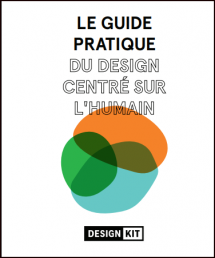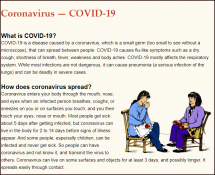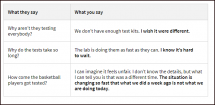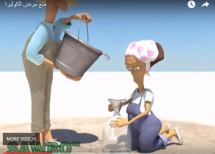Le Guide Pratique du Design Centré sur l’Humain
Adopter le design centré sur l’humain, c’est s’ouvrir à l’idée que tous les problèmes peuvent être résolus, même ceux qui semblent insurmontables comme la pauvreté, l’égalité des sexes ou l’accès à l’eau propre.
C’est aussi accepter que ce sont les gens confrontés à ces problèmes au quotidien qui détiennent la clé de la solution. Le design centré sur l’humain offre aux personnes chargées de résoudre les problèmes la possibilité de chercher des solutions de concert avec les collectivités, de vraiment comprendre les gens qu’elles cherchent à servir, d’imaginer une multitude d’idées et de parvenir à des solutions innovantes, ancrées dans les besoins réels des gens.
Last modified: April 5, 2022
Language: English, French, Japanese, Korean, Portuguese
Source: IDEO
Year of Publication: 2015






